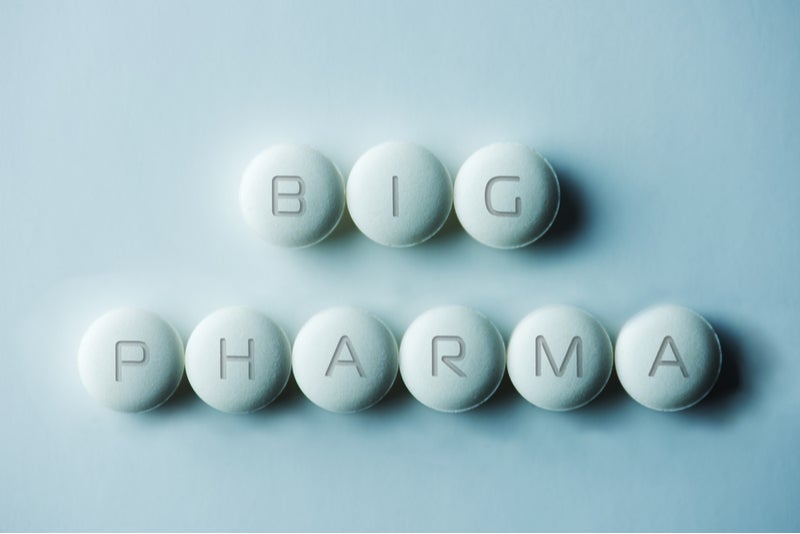Large pharma companies are investing a disproportionately large amount of annual revenue in research & development (R&D), according to GlobalData’s Company Financials database.
An analysis of the top 20 global companies by R&D spend for 2018 shows that companies with expensive late-stage pipeline drugs are spending significant proportions of their annual revenue on R&D.
The recent acquisition of Celgene – which had the highest proportional R&D spend – by Bristol-Myers Squibb (BMS) on 20 November of this year suggests that this over-commitment to R&D may be a dangerous gamble.
Figure 1 shows R&D spend as a percentage of each company’s annual revenue for the 20 global companies that spent the most on R&D in 2018. The top spender, despite having the second smallest annual revenue of the group at $15.28bn, is Celgene, whose R&D spend was equal to 37% of its annual revenue.
Figure 1: Top 20 companies by R&D spend, as a % of annual revenue


US Tariffs are shifting - will you react or anticipate?
Don’t let policy changes catch you off guard. Stay proactive with real-time data and expert analysis.
By GlobalDataGlaxoSmithKline (GSK) is at the bottom of the top 20 list with the lowest percentage of R&D spend/annual revenue at 12%. A Deloitte report based on GlobalData analytics – Unlocking R&D Productivity: Measuring the Return from Pharmaceutical Innovation 2018 – shows that R&D spend is increasing, but its return is decreasing, due mostly to the high cost of late-stage drug development. Despite having an annual revenue more than three and a half times greater than Celgene’s, GSK has seven drugs in the pre-registration phase compared to Celgene’s eight at the same stage of development.
Regeneron, in second place for the percentage of R&D spend/annual revenue (32.6%), and Gilead in fifth place (21.9%) are notable for their traditional core pharma business structure, while other companies in the top 20 are multinational conglomerates.
The acquisition of Celgene by BMS closed on 20 November 2019, valued at $74bn. Notably, the acquisition itself takes a gamble on R&D; contingent value rights (CVRs) issued with Celgene’s shares mean that profitability is hinged on the success of three of Celgene’s major pipeline drugs; ozanimod in pre-registration and liso-cel and bb2121 in phase III.
Already placing third for the percentage of R&D spend/annual revenue pre-acquisition, it seems BMS decided to bolster spending with more spending. Spare cash, decreasing valuations and key patent losses in the last few years may well have spurred this acquisition from BMS’s side, but is more R&D spending the solution?





